Inductors are essential components in electronic circuits, which are vital in storing and releasing energy in the form of magnetic fields. These inductors stand out for their unique characteristics and applications.
Here’s an overview of the inductor and its applications in modern technology.
What Are Air Core Inductors?
Unlike their iron or ferrite core counterparts, air core inductors don’t have magnetic core material. The non-magnetic core made of materials like plastic has a coil of wire wound around it. This coil itself forms the core, creating an air-filled center. This seemingly simple design leads to key characteristics like:
- Low Inductance: Air core inductors offer lower inductance values than their core-laden counterparts. They are ideal for high-frequency applications where bulky core materials introduce unwanted losses.
- High Q Factor: Q factor, an energy efficiency measure, is exceptionally high in air core inductors. This translates to lower energy loss and cleaner signal handling.
- Linear Response: Due to the absence of core material, air core inductors exhibit a more linear response to changing currents. This excellent stability makes them ideal for precise signal filtering and tuning.
- Compact: Without the added weight of a core, these inductors are significantly lighter and smaller than others. Therefore, they are perfect for space-constrained applications like portable electronics and miniaturized circuits.
Where Do Air Core Inductors Shine?
The unique features of air core inductors make them excel in several critical areas, including:
Radio Frequency (RF) Circuits
Their high Q factor and linear response make them ideal for RF filters, tuners, and matching networks in radio and communication systems. Air core inductors ensure smooth and efficient signal transmission from smartphone antennas to Wi-Fi routers.
Transformers
In high-frequency power converters and inverters, air core transformers offer efficient energy transfer with minimal losses. This feature lets companies create smaller and lighter devices.
Wireless Power Transfer
The growing wireless charging field relies heavily on air core inductors. They support inductive coupling with less interference and power loss. This ensures a more reliable and efficient wireless power transfer. From smartphones to electric vehicles, these inductors are powering the future of wireless technology.
Inductive Heating
Industries use air core inductors for precise heating without contact. This technique finds applications in metalworking, brazing, and even food processing.
Medical Equipment
Due to their compact size and low EMI (electromagnetic interference), air core inductors perfectly fit medical devices like MRI scanners and hearing aids.
Choosing an Air Core Inductor
You should consider these key factors before selecting an air core inductor:
- Inductance Value: This determines the electrical properties of your circuit. Choose a value that aligns with your desired operating frequency and signal characteristics.
- Q Factor: Higher Q translates to better signal handling but lower overall inductance. Consider the trade-off between these factors based on your application’s needs.
- Current Rating: Choosing inductors that can handle current without overheating or saturating is important.
- Size and Shape: Select an inductor that fits your space constraints and circuit design.
Techni-Source Corporation can help you choose the best air core inductor. We provide a range of inductors from Vanguard to help you achieve your specific design goals. Contact us for more information!






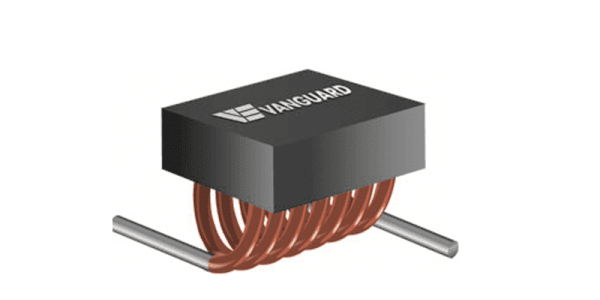


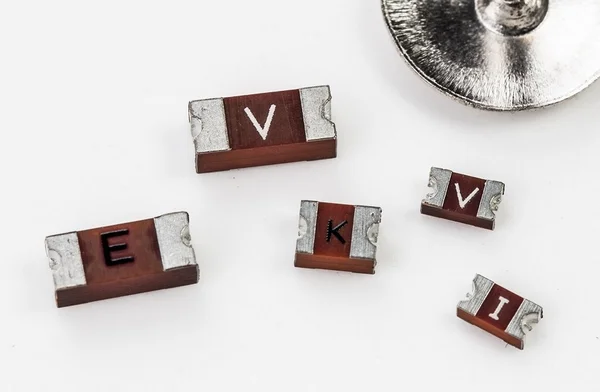
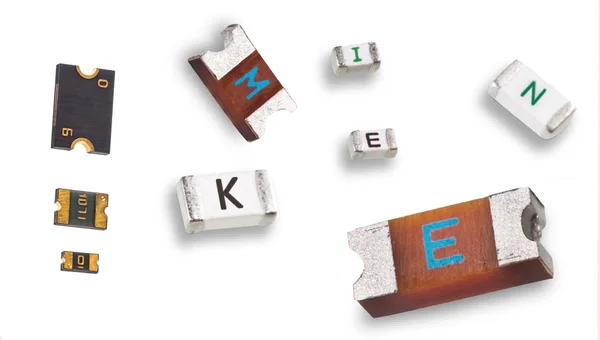
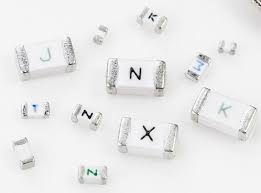

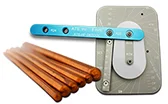
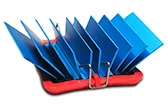
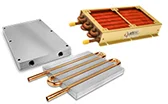

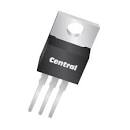


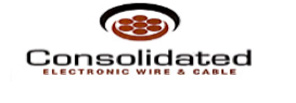
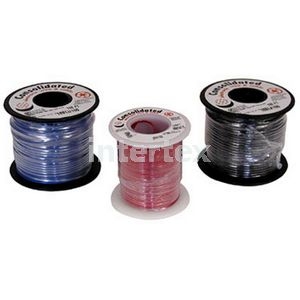
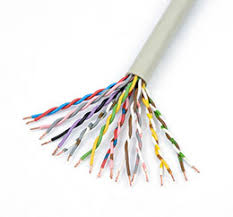


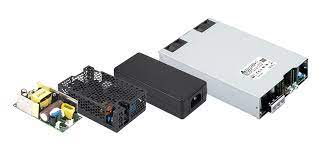
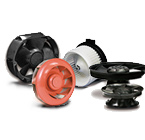
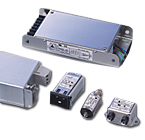

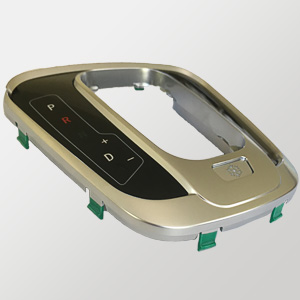
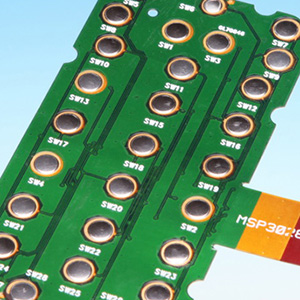
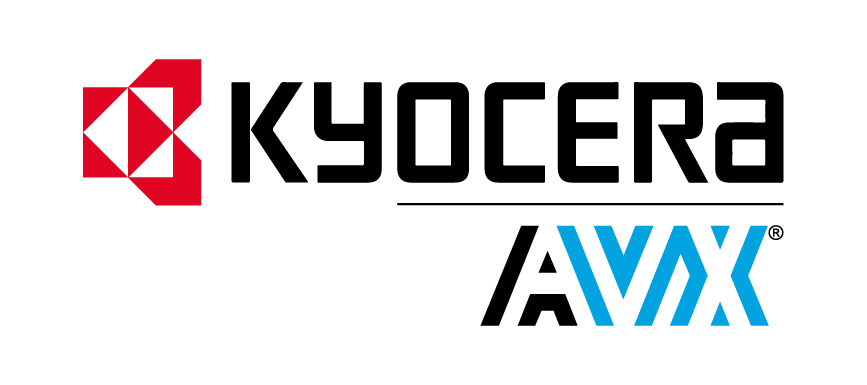
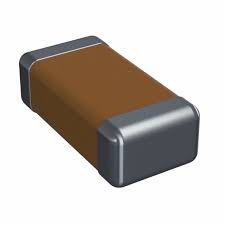
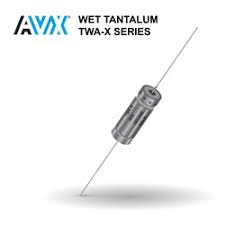
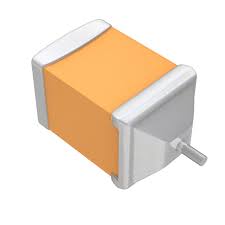
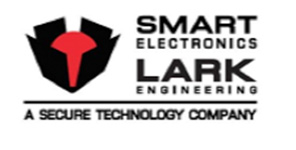
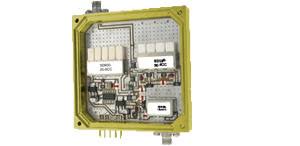
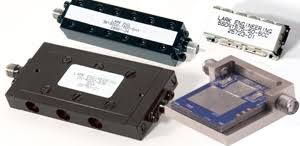
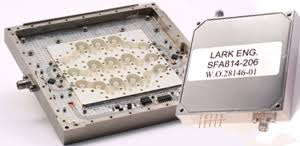
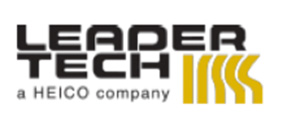

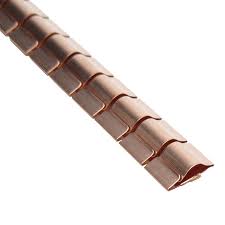
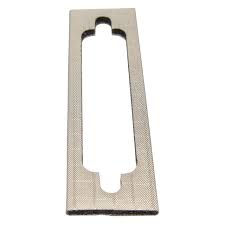

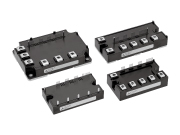
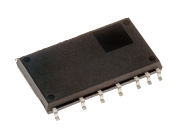
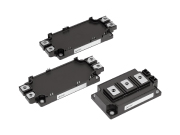

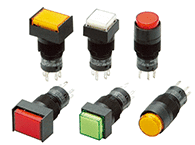
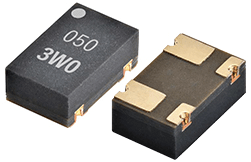
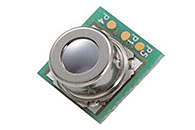

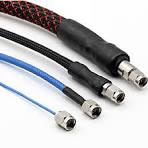

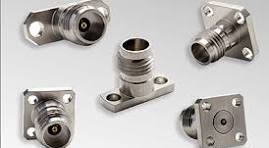

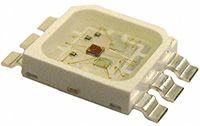
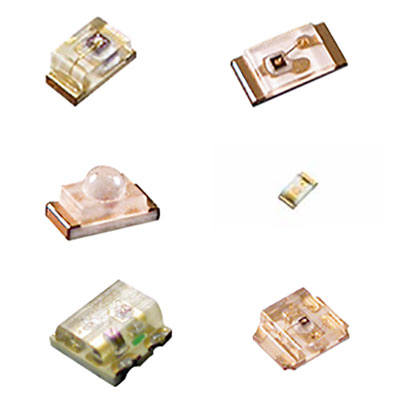
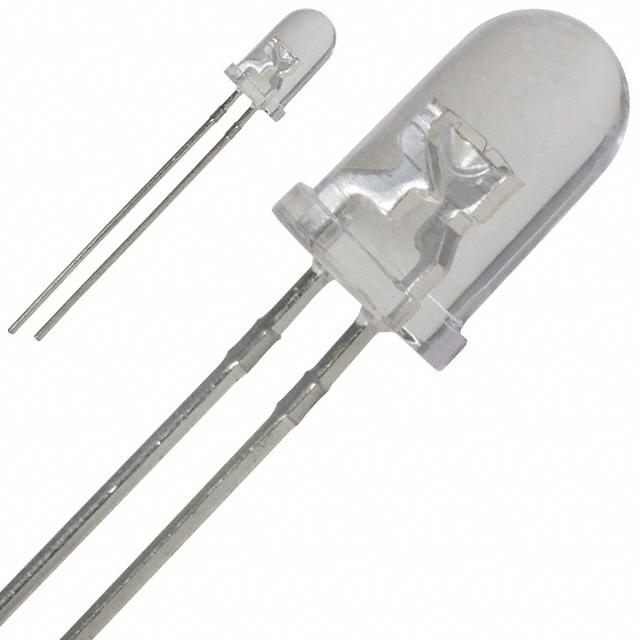

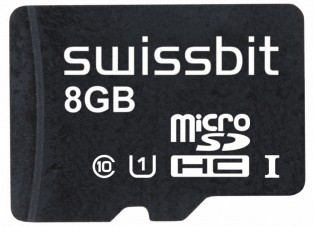
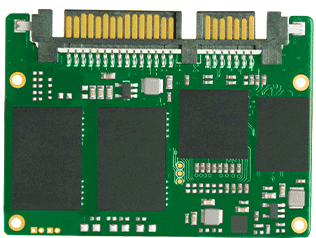
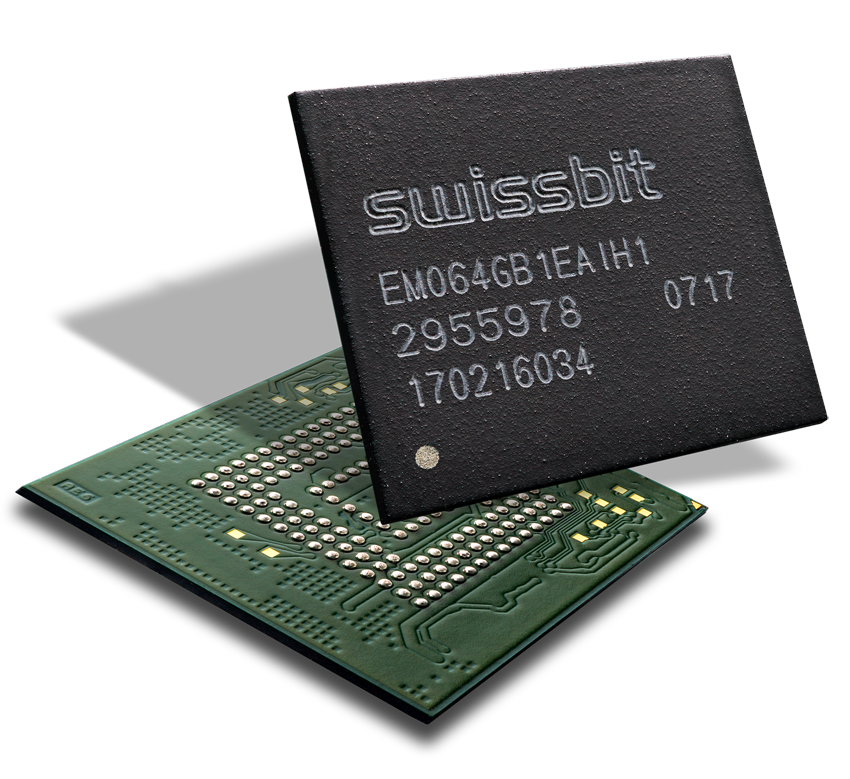

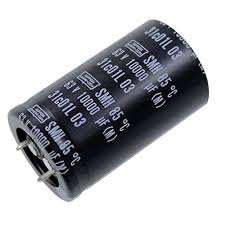

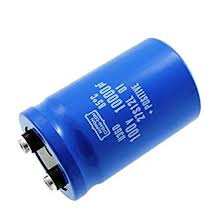

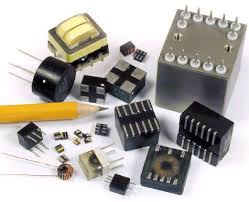
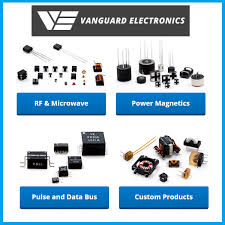
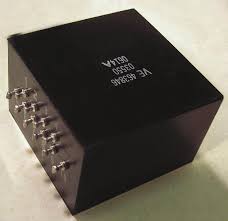

Leave a Reply